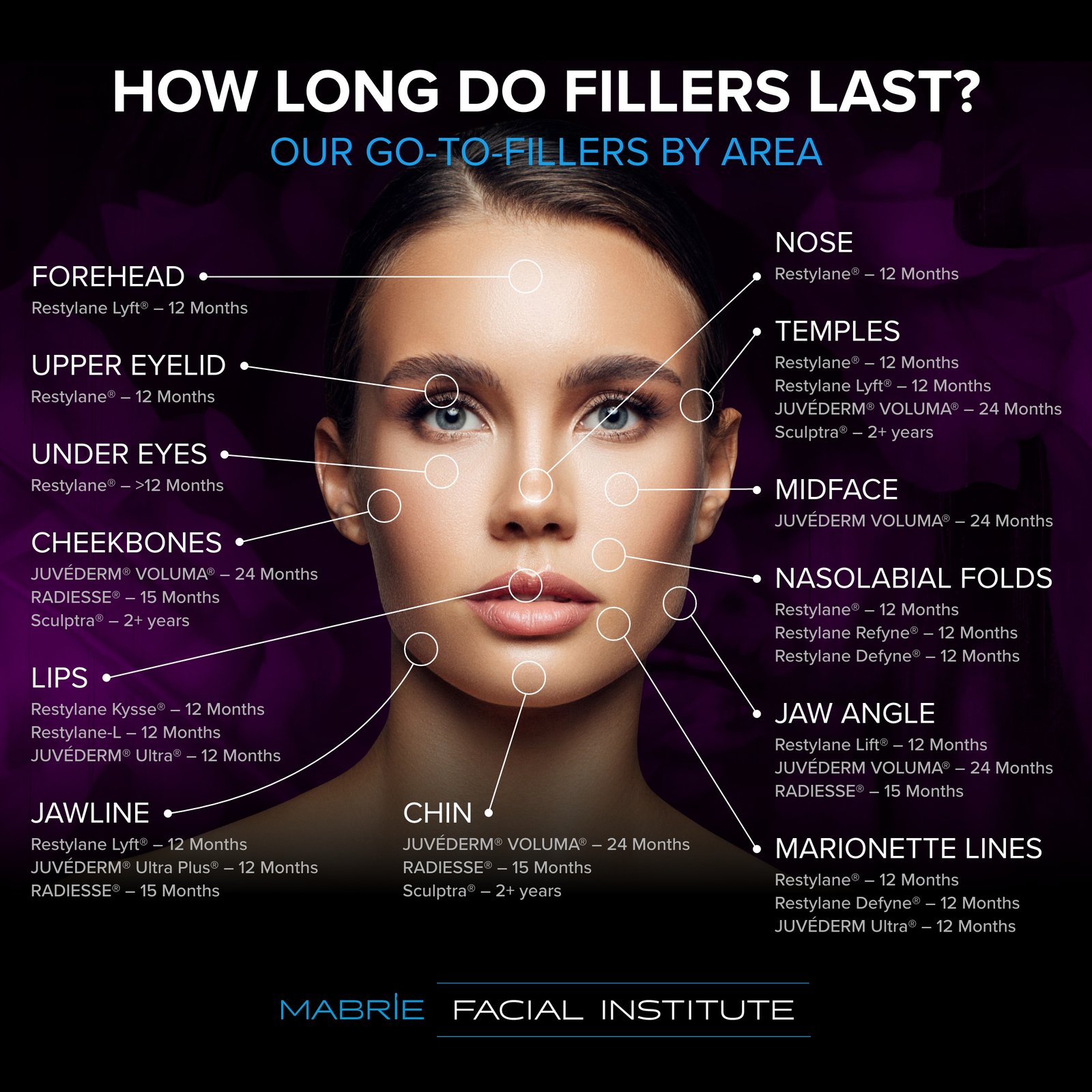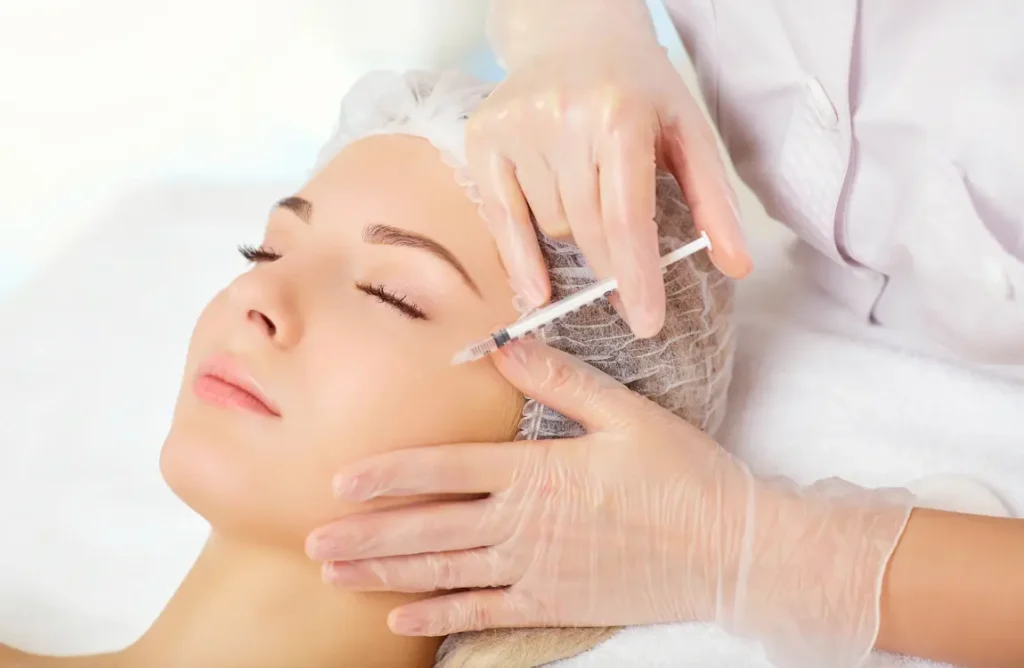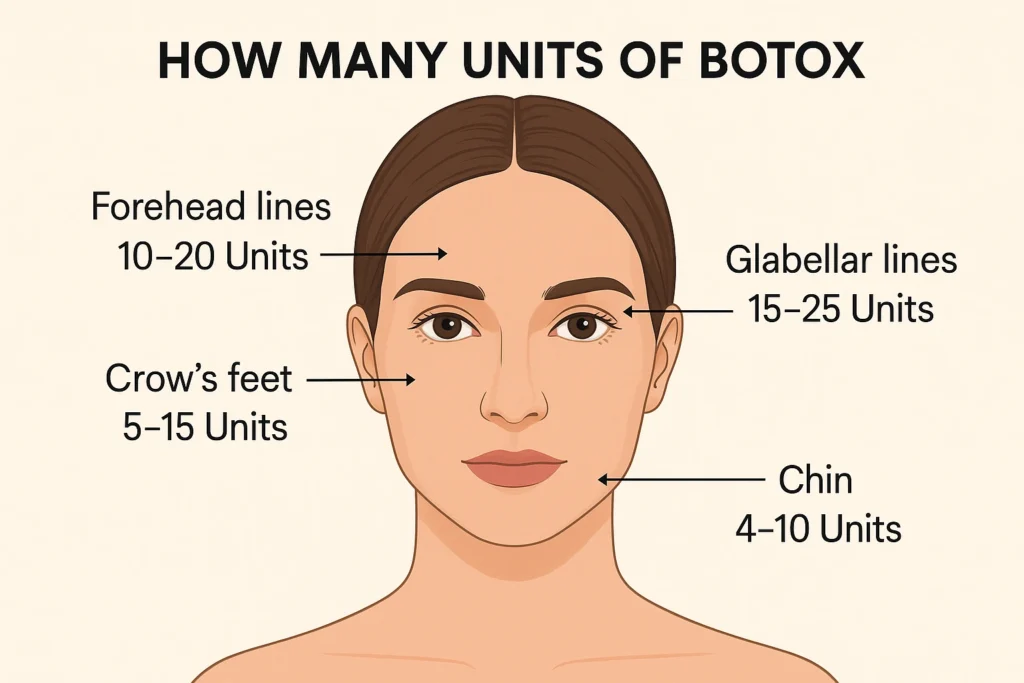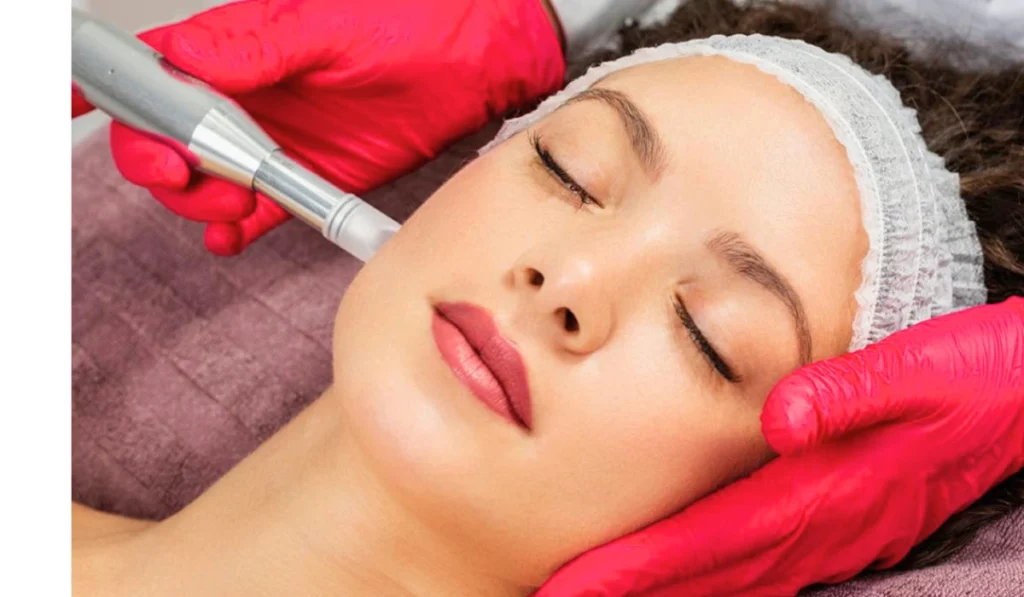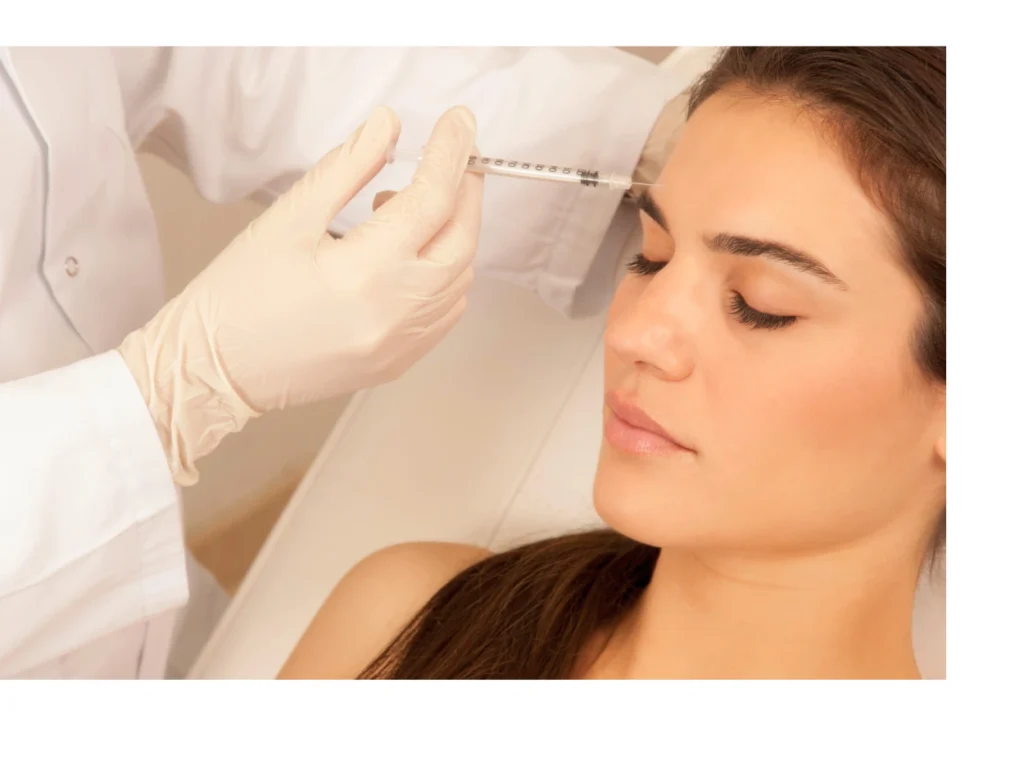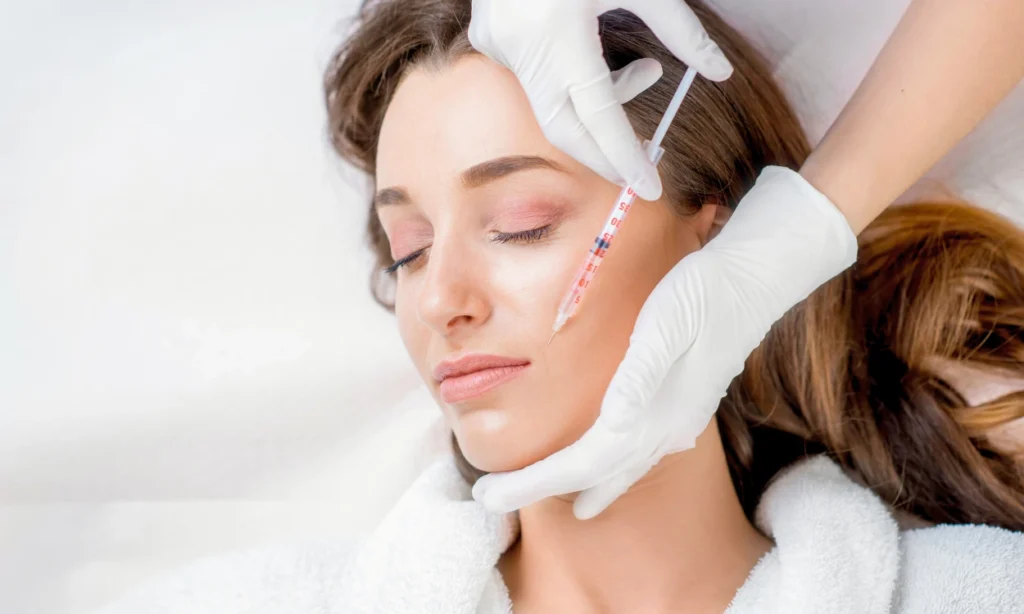Dermal fillers can last from six months to two years. The duration depends on the type and area treated.
Are you considering dermal fillers to enhance your appearance? These injections are a popular choice for smoothing wrinkles and adding volume. But how long can you expect the results to last? Knowing the lifespan of dermal fillers helps you make informed decisions about your beauty treatments.
This blog will give you a clear understanding of what to expect from your dermal filler investment. You’ll learn about factors that affect longevity and how to maintain your new look. Stay tuned to find out more about dermal fillers and their lasting impact.
Introduction To Dermal Fillers
Dermal fillers are a popular choice for those seeking a youthful look. They help to smooth lines and plump areas of the face. Understanding how long these fillers last is key to planning your beauty routine.
What Are Dermal Fillers?
Dermal fillers are gel-like substances injected under the skin. They add volume and fullness to the face. Fillers are often made from hyaluronic acid, which is naturally found in the skin.
Different types of fillers serve various purposes. Some are designed for deep lines, while others focus on fine lines. The choice of filler depends on the area being treated and the desired result.
Common Uses
Dermal fillers have many uses in cosmetic treatments. Here are some common applications:
- Plumping thin lips
- Smoothing out facial wrinkles
- Filling in hollow areas around the eyes
- Enhancing shallow contours
- Improving the appearance of recessed scars
Each use targets specific areas to improve overall facial harmony. The effect is a more youthful and refreshed appearance.
| Type of Filler | Duration |
|---|---|
| Hyaluronic Acid | 6 to 18 months |
| Calcium Hydroxylapatite | 12 months |
| Poly-L-lactic Acid | Up to 2 years |
In summary, dermal fillers offer many benefits for facial rejuvenation. They can last from several months to a few years, depending on the type used. Always consult with a qualified professional to choose the best filler for your needs.
Types Of Dermal Fillers
Dermal fillers offer a great way to enhance your natural beauty. Different types of fillers achieve various results. Understanding the types of dermal fillers helps you make an informed decision.
Hyaluronic Acid Fillers
Hyaluronic acid (HA) is a substance that naturally occurs in the body. HA fillers are popular because they are safe and effective. These fillers can add volume and smooth wrinkles. The effects last between 6 to 12 months.
- Juvéderm
- Restylane
- Belotero
HA fillers are reversible. An enzyme called hyaluronidase can dissolve them if needed.
Calcium Hydroxylapatite Fillers
Calcium hydroxylapatite (CaHA) is another natural substance found in bones. CaHA fillers are thicker than HA fillers. They last longer, typically around 12 months. These fillers are great for deeper wrinkles and volume loss.
- Radiesse
CaHA fillers stimulate natural collagen production. This makes your skin look fuller over time.
Poly-l-lactic Acid Fillers
Poly-L-lactic acid (PLLA) is a synthetic substance. PLLA fillers work differently than HA or CaHA fillers. They stimulate the body to produce collagen. This process takes time, so the results appear gradually. Effects can last up to 2 years.
- Sculptra
PLLA fillers are good for treating facial volume loss. They provide a natural-looking enhancement.
Polymethyl-methacrylate Microspheres
Polymethyl-methacrylate (PMMA) is a synthetic material. PMMA fillers contain tiny, round microspheres. These microspheres stay in the skin permanently. PMMA fillers also include collagen, which provides immediate volume.
- Bellafill
PMMA fillers are suitable for deep wrinkles and scars. The results are long-lasting, often several years.
Factors Affecting Longevity
When considering dermal fillers, the question of how long they last often arises. Several factors affect the longevity of dermal fillers. Understanding these factors helps in making an informed decision. Let’s explore them in detail.
Type Of Filler
Different types of fillers have varying lifespans. Hyaluronic acid fillers generally last six to twelve months. Collagen-based fillers have a shorter duration. Synthetic fillers can last up to two years. Choosing the right type affects the longevity of results.
Area Of Treatment
The area where fillers are injected also impacts their duration. Fillers in high-movement areas, like lips, tend to break down faster. Cheek fillers, in contrast, last longer due to less movement. Location plays a critical role in the lifespan of fillers.
Individual Metabolism
Everyone’s body metabolizes substances differently. A fast metabolism can break down fillers quicker. People with slower metabolisms may enjoy longer-lasting results. Individual metabolic rates significantly influence filler duration.
Lifestyle And Habits
Lifestyle choices and habits also affect filler longevity. Smoking can accelerate the breakdown of fillers. Excessive sun exposure can reduce their lifespan. Maintaining a healthy lifestyle helps in prolonging the effects of dermal fillers.
Average Duration Of Results
Dermal fillers have become a popular way to enhance facial features and reduce signs of aging. They offer instant results with minimal downtime. But how long do these results actually last? The average duration of results can vary based on the type of filler used and individual factors. Here’s a breakdown of what you can expect.
Short-term Fillers
Short-term fillers usually last from 6 to 12 months. These fillers are often made from substances like hyaluronic acid. Hyaluronic acid is a natural substance found in the body. It helps to keep skin hydrated and plump. Popular brands like Juvederm and Restylane fall into this category. They are excellent for first-time users who want to try fillers without a long-term commitment.
Short-term fillers are also easier to adjust. If you don’t like the results, they can be dissolved. This makes them a safe option for many people.
Long-lasting Fillers
Long-lasting fillers can last from 18 months to several years. These fillers are often made from substances like poly-L-lactic acid or calcium hydroxylapatite. These materials stimulate the body to produce collagen. Collagen is a protein that keeps skin firm and elastic. Popular brands in this category include Sculptra and Radiesse.
Long-lasting fillers require fewer touch-ups. They are great for people who want enduring results. But they are harder to remove if you change your mind. Always consult with a qualified professional to choose the best type of filler for your needs.
| Type of Filler | Duration | Popular Brands |
|---|---|---|
| Short-Term Fillers | 6-12 months | Juvederm, Restylane |
| Long-Lasting Fillers | 18 months to several years | Sculptra, Radiesse |
Signs Of Filler Wear-off
Dermal fillers provide a youthful look, but they are not permanent. Understanding the signs of filler wear-off helps manage expectations and plan touch-ups. Below, we explore key indicators that your fillers may be wearing off.
Gradual Decrease In Volume
One of the first signs is a gradual decrease in volume. Over time, fillers break down and absorb into the body. This results in less plumpness in treated areas. You may notice your cheeks or lips looking less full. This change is usually slow and subtle.
Return Of Fine Lines And Wrinkles
Another clear sign is the return of fine lines and wrinkles. Fillers smooth out these lines, but their effect fades. As the filler wears off, wrinkles may reappear. Crow’s feet, laugh lines, and forehead creases become more visible again. This signals it’s time for a refill.
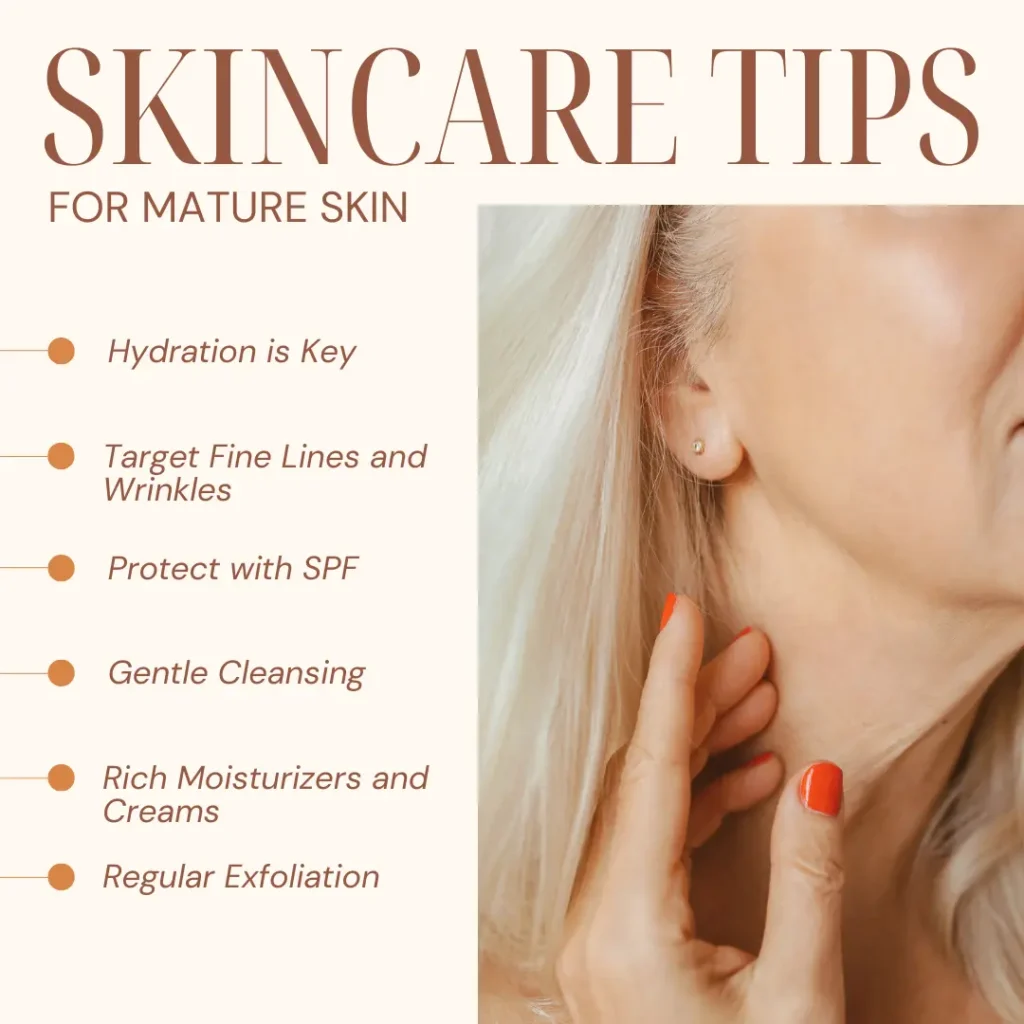
Extending The Life Of Fillers
Extending the life of dermal fillers is a common concern. Many people seek ways to make their fillers last longer. This helps maintain a youthful appearance for a more extended period. There are several methods to achieve this. A proper skincare routine, a healthy lifestyle, and regular touch-ups can help. Let’s explore these methods in detail.
Proper Skincare Routine
A proper skincare routine can significantly extend the life of your fillers. Use gentle cleansers to avoid irritating the skin. Moisturize daily to keep the skin hydrated. Hydration helps maintain the filler’s effectiveness. Apply sunscreen to protect against UV damage. UV rays can break down the filler material. Regular exfoliation removes dead skin cells. This promotes a smoother skin surface, enhancing the filler’s effects.
Healthy Lifestyle Choices
Healthy lifestyle choices play a crucial role. Eat a balanced diet rich in vitamins and minerals. This supports skin health and helps maintain fillers. Stay hydrated by drinking plenty of water. Water keeps the skin plump and fillers effective. Avoid smoking, as it can break down the filler material faster. Manage stress through relaxation techniques. Stress can affect skin health and the longevity of fillers. Regular exercise improves blood circulation. Good circulation promotes healthy skin and filler maintenance.
Regular Touch-ups
Regular touch-ups help maintain the desired look. Consult with your practitioner about a touch-up schedule. Small, frequent touch-ups can extend the life of your fillers. They prevent the need for more significant corrections later. Keep track of your appointments and follow your practitioner’s advice. This ensures your fillers remain effective and look natural.
Potential Risks And Side Effects
Dermal fillers can last from six months to two years. Potential risks include bruising, swelling, and infection. Always consult a professional for advice.
Dermal fillers are popular for enhancing facial features. They offer quick results with minimal downtime. Yet, like any procedure, they come with risks and side effects.
Common Side Effects
Most side effects are mild and temporary. These include redness, swelling, and bruising. You may also experience itching or tenderness at the injection site. These symptoms usually subside within a week.
Another common issue is lumps or bumps under the skin. These are often due to uneven filler distribution. Massaging the area can help smooth them out.
Serious Complications
Though rare, serious complications can occur. These need immediate medical attention. One such complication is an allergic reaction. Symptoms include severe swelling, itching, and difficulty breathing.
Another risk is infection. Signs include increased redness, warmth, and pain at the injection site. If left untreated, an infection can spread and cause further issues.
Blood vessel blockage is another serious risk. This happens if filler is injected into a blood vessel. It can lead to tissue damage and scarring. In severe cases, it can cause blindness.
Always consult with a qualified professional. This reduces the risk of complications. They can assess your suitability for the procedure.

Choosing The Right Practitioner
Selecting the right practitioner ensures dermal fillers last as long as possible. Expert care can maximize results, typically lasting 6-18 months.
Choosing the right practitioner for dermal fillers is crucial. The skill of the practitioner impacts the results and safety. A qualified practitioner ensures you get the best outcomes. Here’s what you need to know.
Qualifications And Experience
Check the practitioner’s qualifications first. They should be licensed and certified. Look for specialized training in dermal fillers. Experience is also key. An experienced practitioner has handled many cases. They know how to achieve natural-looking results. Ask about their experience with your specific treatment.
Consultation Tips
Schedule a consultation before committing. This helps gauge the practitioner’s expertise. Ask questions about the procedure. Discuss your goals and concerns. Observe how they address your questions. A good practitioner listens and provides clear explanations. They should discuss potential risks and side effects. This builds trust and ensures you’re informed.
Choosing wisely helps you achieve the best results. Your safety and satisfaction depend on it.

Frequently Asked Questions
What Are Dermal Fillers?
Dermal fillers are gel-like substances injected under the skin. They restore lost volume and smooth lines. They can also enhance facial contours.
How Long Do Dermal Fillers Last?
Dermal fillers typically last between 6 to 18 months. The duration depends on the type of filler used and individual factors.
Are Dermal Fillers Safe?
Yes, dermal fillers are generally safe when administered by a qualified professional. Side effects are usually minimal and temporary.
What Affects Dermal Filler Longevity?
Factors such as the type of filler, treatment area, and individual metabolism affect how long dermal fillers last.
Conclusion
Dermal fillers offer temporary enhancements with lasting effects from six months to two years. Their longevity depends on the type of filler and individual factors. Regular touch-ups maintain desired results. Consulting a professional ensures the best outcome. Choose wisely and enjoy the benefits of dermal fillers.
Natural-looking, youthful skin is within reach. Remember, everyone’s experience varies. Always prioritize safety and quality when considering fillers.

